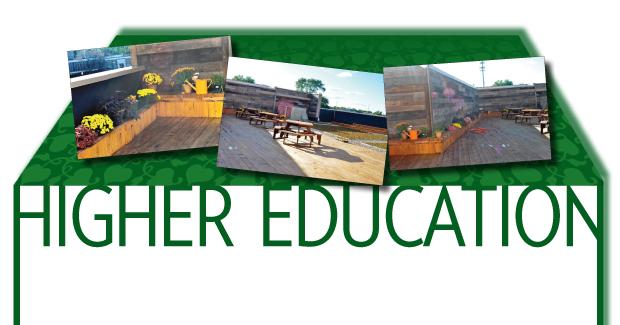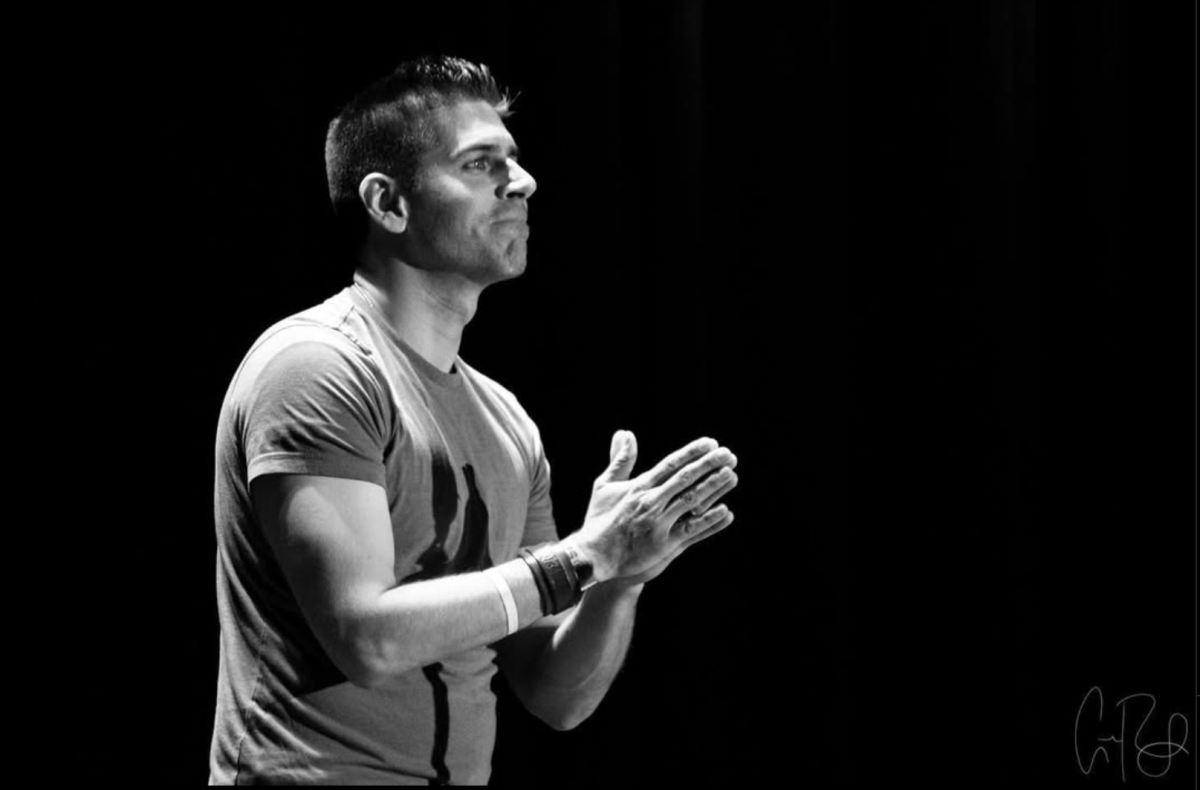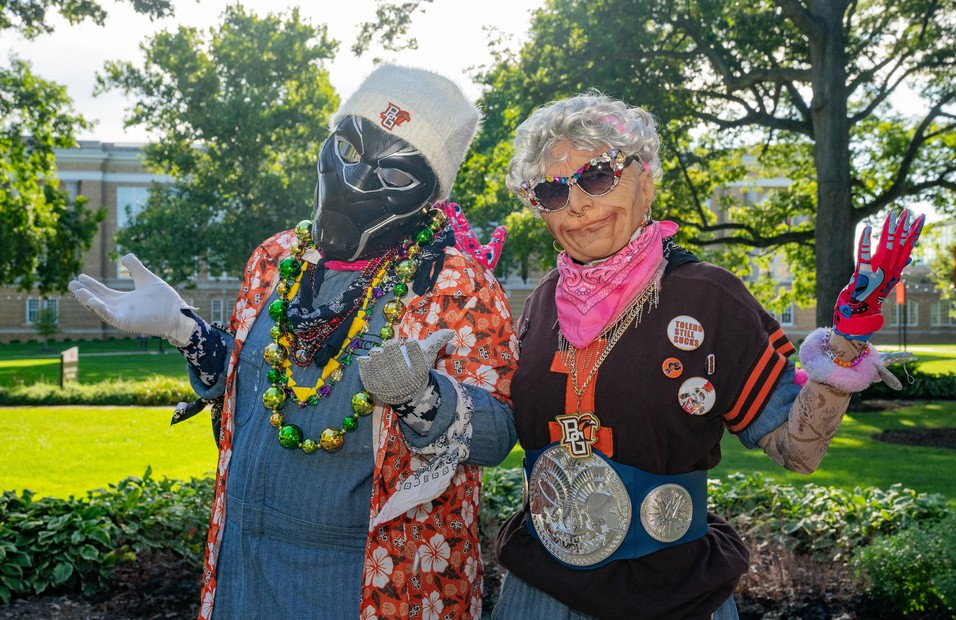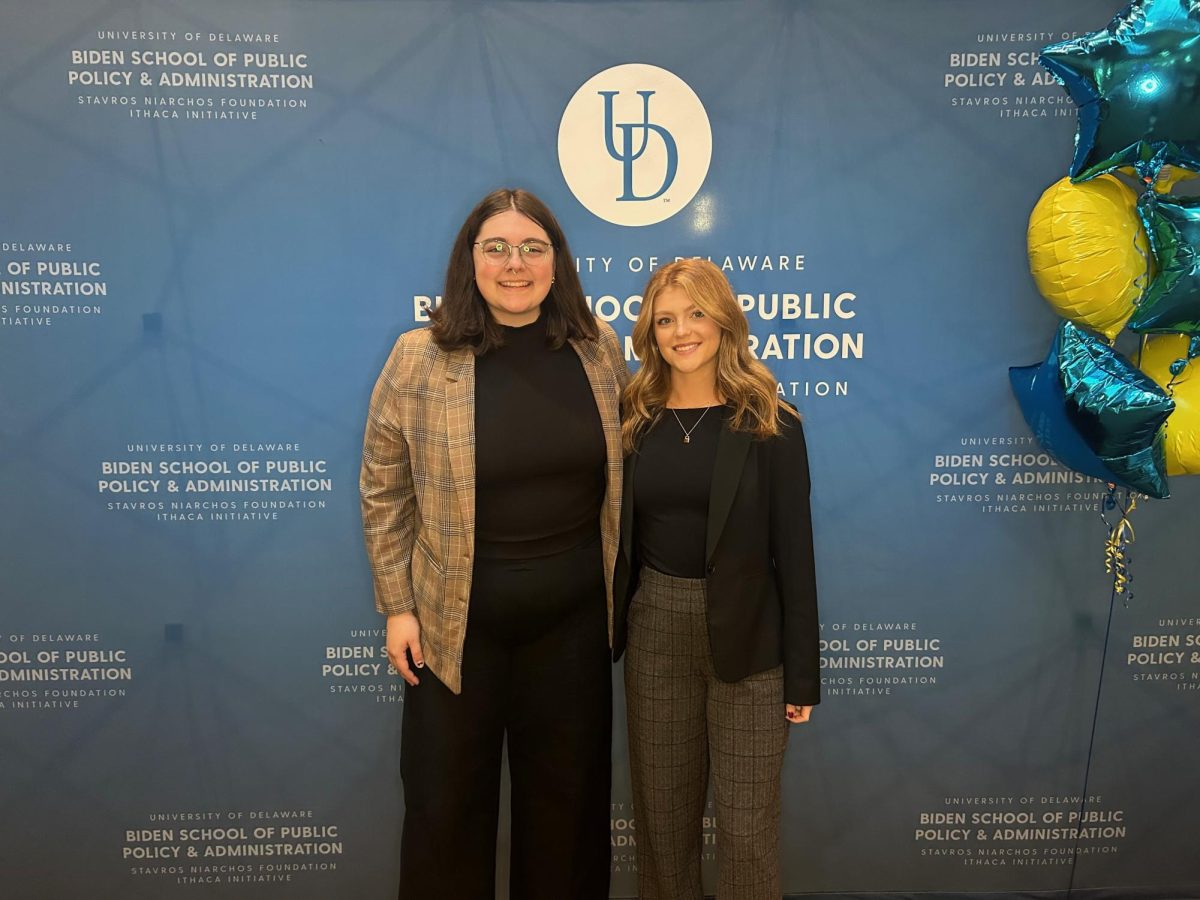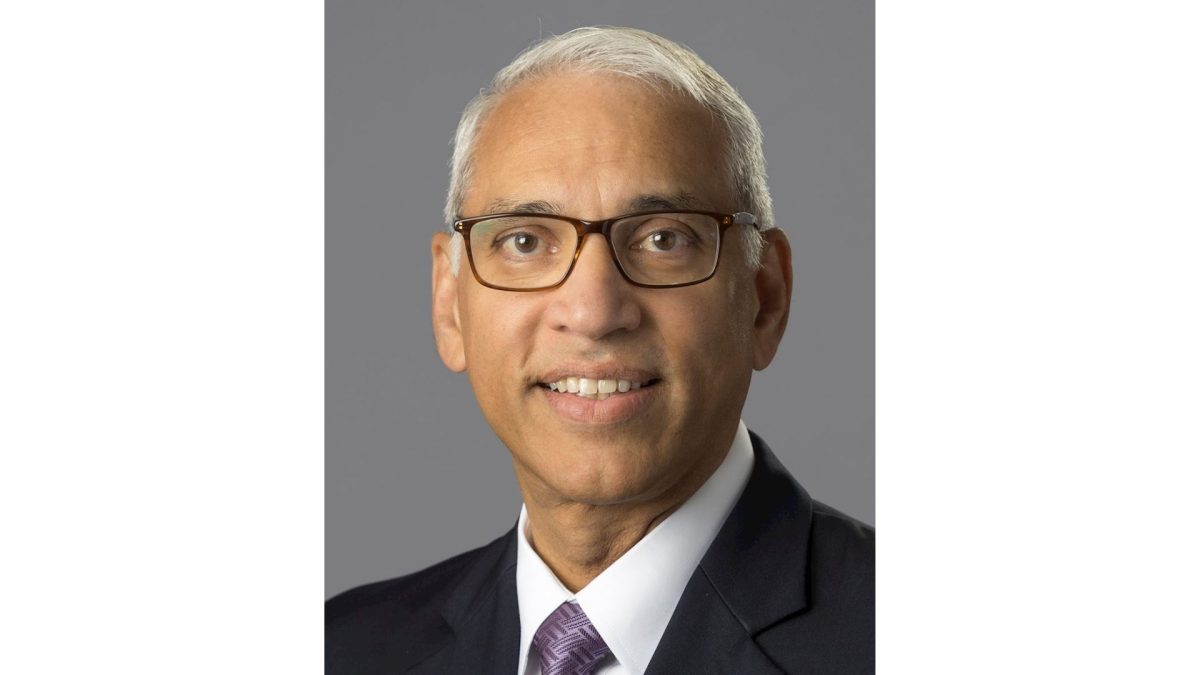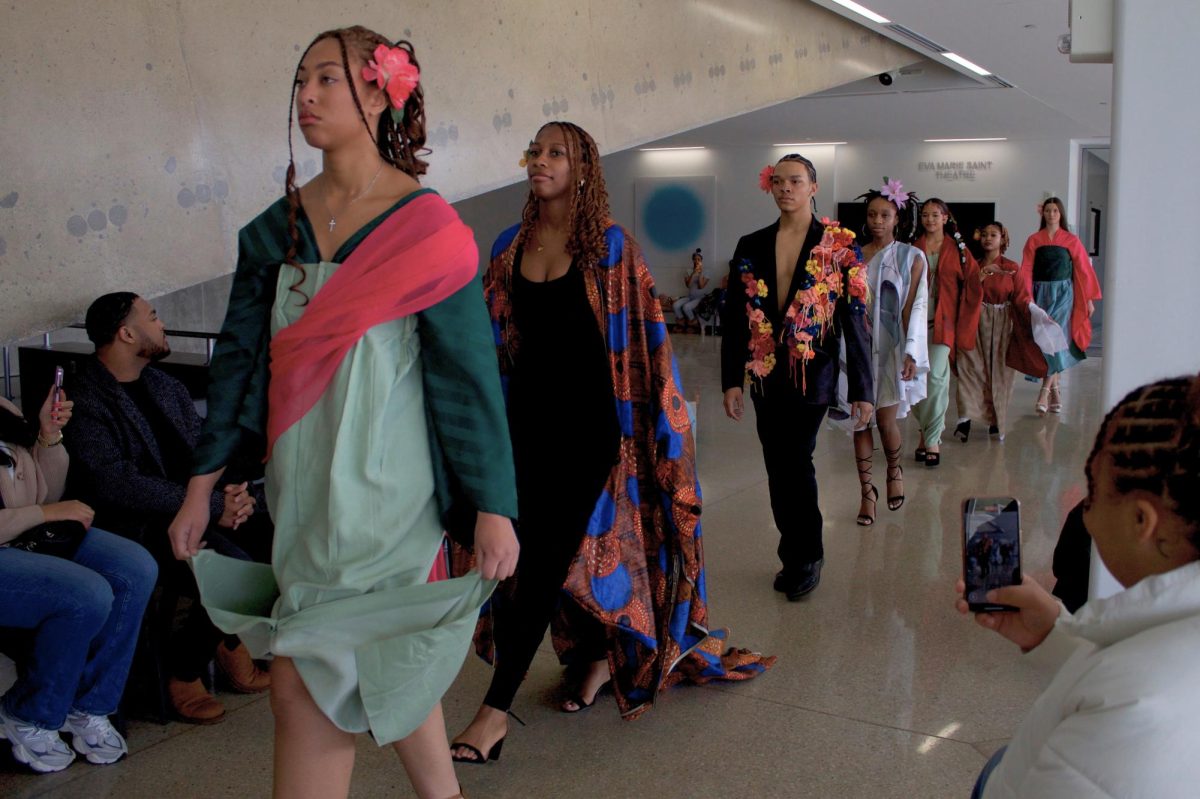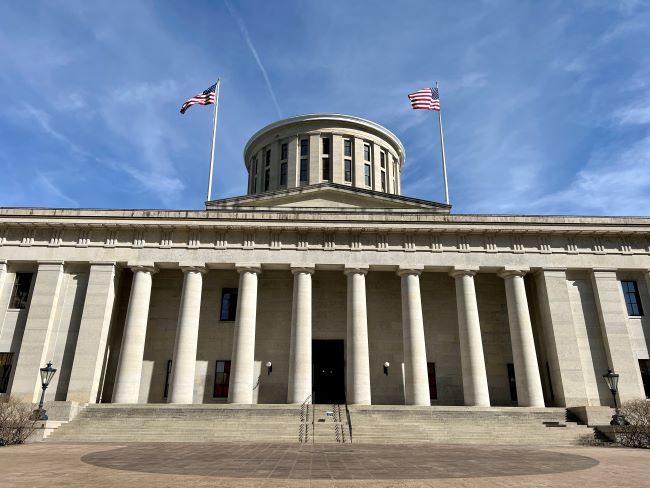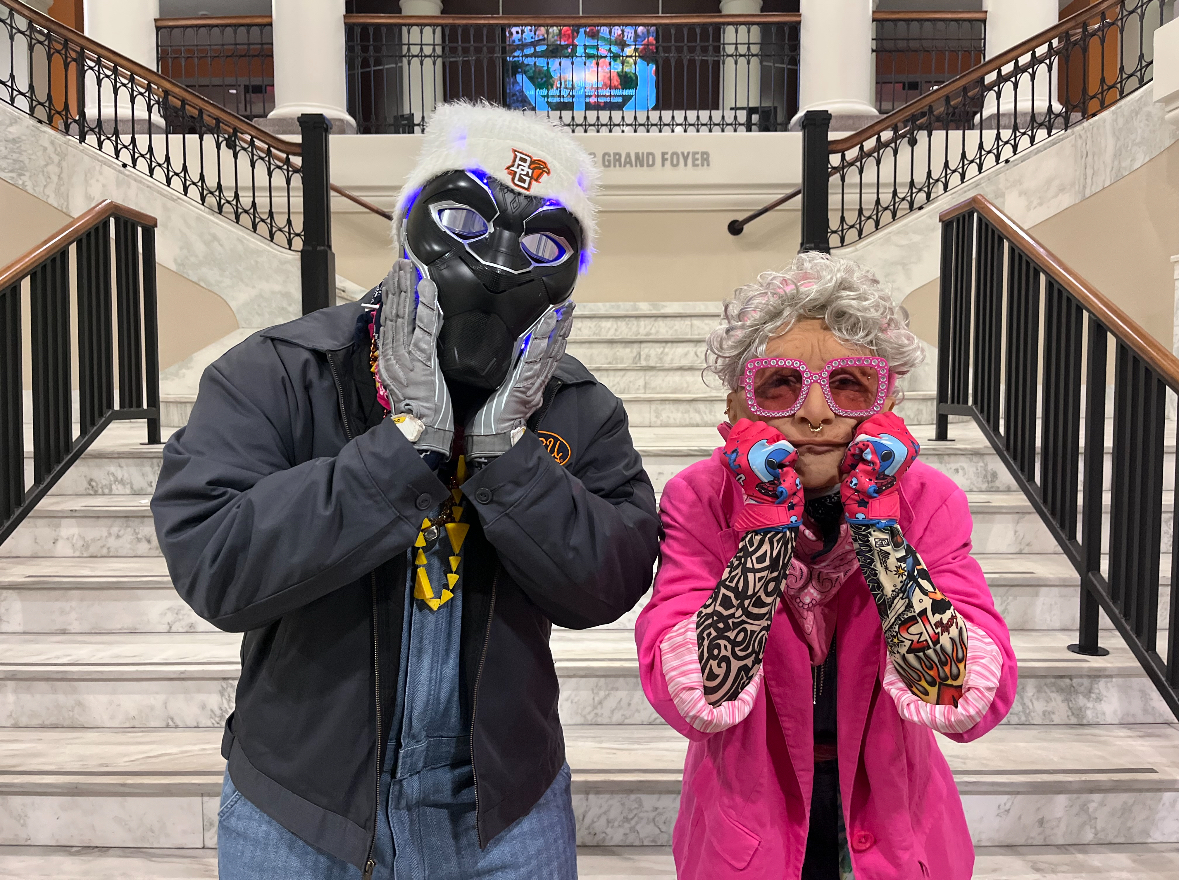With the addition of The Oaks Dining Center on campus, Bowling Green is getting a little greener.
A multi-functional green roof was installed on top of The Oaks this summer, with 1200 square feet of live roof panels. It’s the first green roof at the University.
Nick Hennessy, University sustainability coordinator, oversaw the project.
“This live roof makes the University more sustainable by cutting down in heating costs, insulation costs and roof protection costs,” Hennessy said. “It also provides drainage. When it rains, the sedum absorbs it all.”
While sustainability is important, education is Hennessy’s primary goal for the green roof. The freshman summer reading book also ties in perfectly with the green roof, Hennessy said.
“I’ve already started working with GSW instructors who are heavily using ‘No Impact Man,'” Hennessy said. “The roof is a great opportunity to teach and get involved.”
Hennessy hopes through education students will be inspired to live more sustainability.
“Obviously, I don’t expect anyone to go home and install a green roof,” Hennessy said. “But at least students can see how it does make a difference. The roof is an idea center.”
Although it’s an idea center, Hennessy said students could get hands on with the project.
“We still have work to do,” Hennessy said. “Students can utilize so much of this.”
Net Impact, a University social group, helped get the plants growing, Hennessy said.
“Last year, a group of students was interested in this,” Hennessy said. “It came up when architects saw opportunity with the new dining facilities.”
Brooke Mason is the sustainability chair for Net Impact.
“The architects of The Oaks talked to Dr. Hennessy,” Mason said. “They told him they wanted student involvement, so Dr. Hennessy talked to Net Impact about what we wanted to do.”
A subgroup of Net Impact called Net Impact Green formed to assist with the idea for the green roof.
Net Impact Green then met with builders in February as Mason and other students from the group worked out details.
“We went to them with designs, and we worked out budgeting,” Mason said. “The entire project cost about $30,000.”
Mason wrote a proposal to the Green Initiative a week before installation to try to get some funding for the project.
“We got $15,000 of the roof paid for by the Green Initiative,” Mason said. “Dining Services also helped by paying about $3,500.”
Hennessy is happy with the University’s help to create the green roof.
“The definition of good sustainability is collaboration,” Hennessy said. “It requires partnership. So far, the University has been interested in what we’re doing.”
Emily Ancinec, Undergraduate Student Government president, said she is excited about increased awareness of sustainability on campus.
“I think it’s a great idea to keep this up,” Ancinec said. “It’s awesome that the University is making the effort.”
Net Impact Green is still hard at work on another green roof that will be installed soon, Mason said.
“I just wrote another proposal for a green roof on Carillon Place,” Mason said. “I want to send a message that people include green roofs in their planning. They do so much and are aesthetically pleasing. Altogether, they’re totally worth it.”


